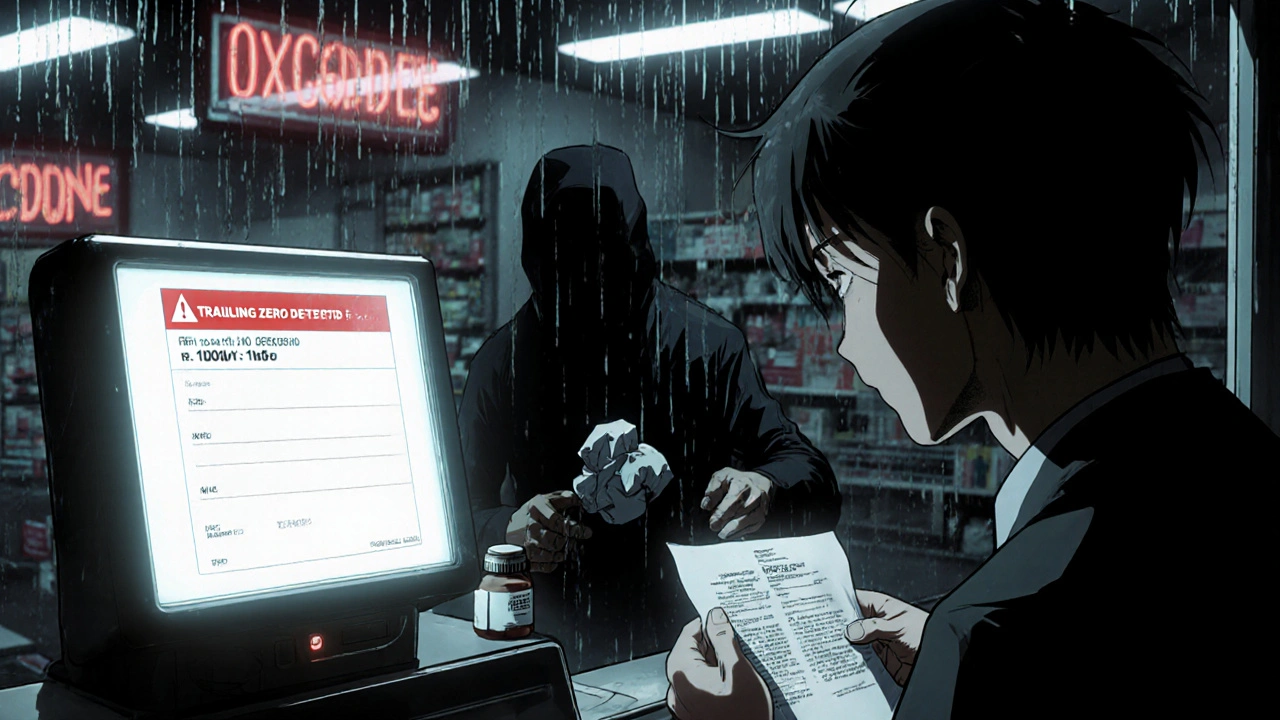Learn how to safely transfer prescriptions while maintaining label accuracy under 2025 DEA and FDA rules. Avoid deadly dosing errors with proper electronic transfers, labeling standards, and patient responsibilities.
Controlled Substances: What They Are, Why They're Regulated, and What You Need to Know
When you hear controlled substances, drugs classified by the government due to their potential for abuse or dependence. Also known as scheduled drugs, they include everything from painkillers like oxycodone to ADHD meds like Adderall and sleep aids like zolpidem. These aren’t just any pills—they’re tracked, restricted, and monitored because misuse can lead to addiction, overdose, or even death. The FDA and DEA work together to make sure these drugs are only available through proper medical channels, but that doesn’t mean patients always understand the risks.
One big reason these drugs are controlled is how they interact with other medications. Take CYP3A4 interactions, a liver enzyme system that breaks down many drugs, including some controlled substances. If you’re on lopinavir/ritonavir for HIV, that drug blocks CYP3A4, which can cause other controlled meds like certain painkillers or sedatives to build up to dangerous levels in your body. That’s not theoretical—it’s led to fatal outcomes when doctors didn’t check for interactions. Same goes for OTC switches, when drugs move from prescription to over-the-counter status. A drug once requiring a prescription might now be easy to grab off the shelf, but if you’re already taking a controlled substance, adding an OTC cold medicine could trigger a harmful reaction. You don’t need a PhD to understand this: mixing meds without knowing the rules is risky.
Controlled substances aren’t all the same. They’re broken into five schedules based on medical use and abuse potential. Schedule II drugs like oxycodone have high abuse risk but accepted medical uses. Schedule V includes cough syrups with tiny amounts of codeine—low risk, but still tracked. Knowing the schedule doesn’t just help you understand the law—it helps you ask better questions. Why was this prescribed? Is there a non-controlled alternative? What happens if I miss a dose or take it with alcohol? These aren’t just doctor’s office questions—they’re safety questions. And if you’ve ever had a side effect like constipation from ranitidine or nausea from sertraline, you know how easily things can go wrong even with legal meds. Reporting those reactions through FDA MedWatch, the official system for reporting bad drug reactions helps protect others. Your report could stop someone else from ending up in the ER.
What you’ll find below isn’t just a list of articles—it’s a practical guide to navigating the real-world risks and realities of controlled substances. From how generics like authorized versions of brand-name drugs work, to why dosing syringes matter for kids on these meds, to how to spot dangerous interactions before they happen. These aren’t abstract concepts. They’re the details that keep you safe when you’re taking something powerful. Read on. Your next decision could be the one that keeps you healthy.

